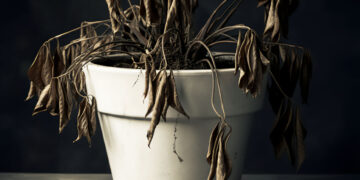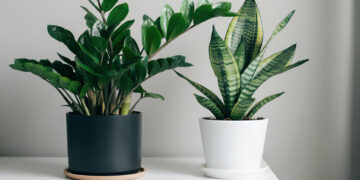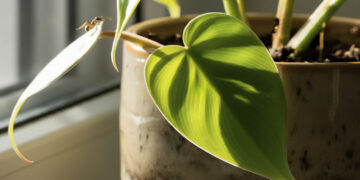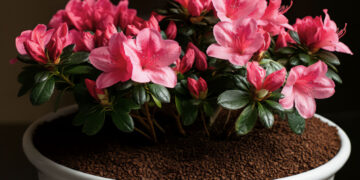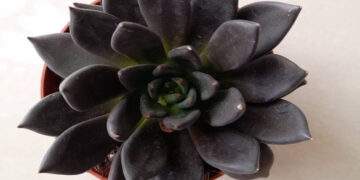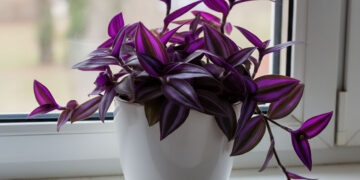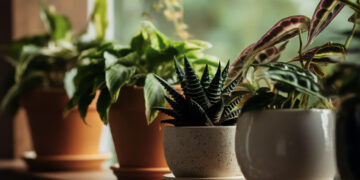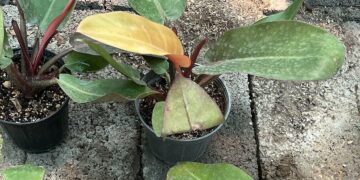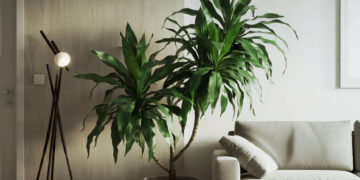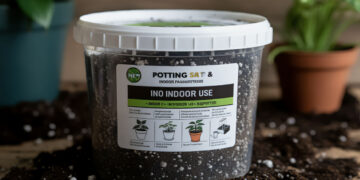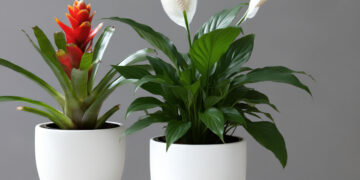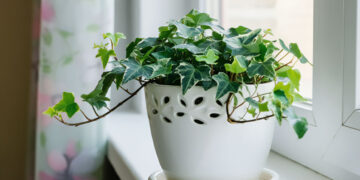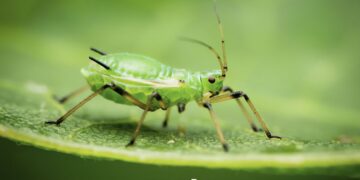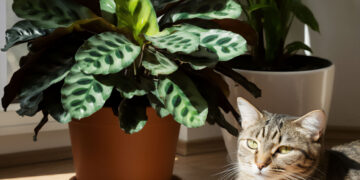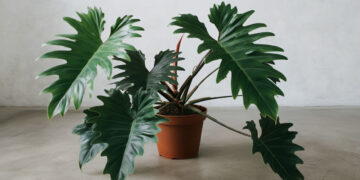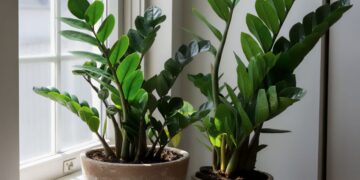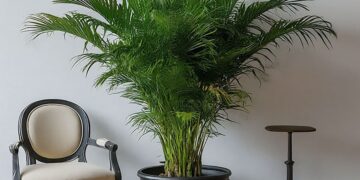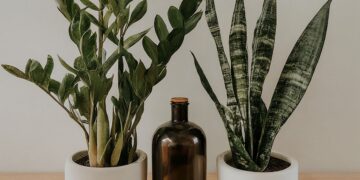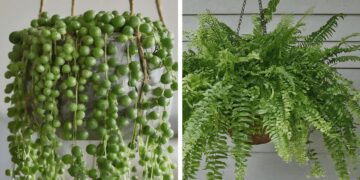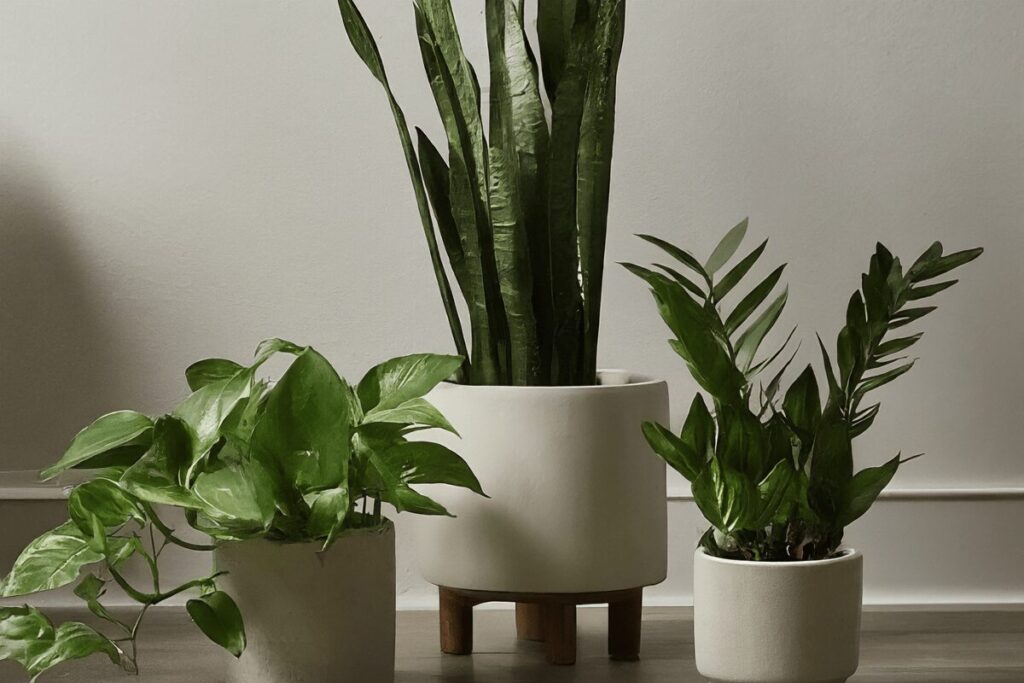
There are many houseplants that are suitable for low-light spaces, but based on my experience, these four plants, especially the first three, are green heroes in low light and rarely encounter any problems.
But keep in mind that no plant, even those that grow underwater in the oceans, can survive without some amount of light. If you read somewhere that a plant exists that doesn’t need light, it’s just a lie because light is essential for photosynthesis.
1. Pothos or Epipremnum aureum
This beautiful shade indoor plant, in addition to purifying the air and adapting to low to medium indirect light, it has fast and easy growth and Propagation. Just cut it from under a node and put it in water or soil to grow well. As trailing vines, they add remarkable beauty to the house in hanging baskets and shelves.
It is not believable, But pothos can survive in complete darkness and without water for about 3 weeks and is definitely my top choice for low-light spaces.
It is better to loosen and dust the vines once in a while, trim the long branches, and keep them away from pets.
With regular houseplant care, they can reach 20 to 40 feet tall and 3 to 6 feet wide.
These pothos belong to a friend of mine. They have put a single pothos in each bottle they had :)).
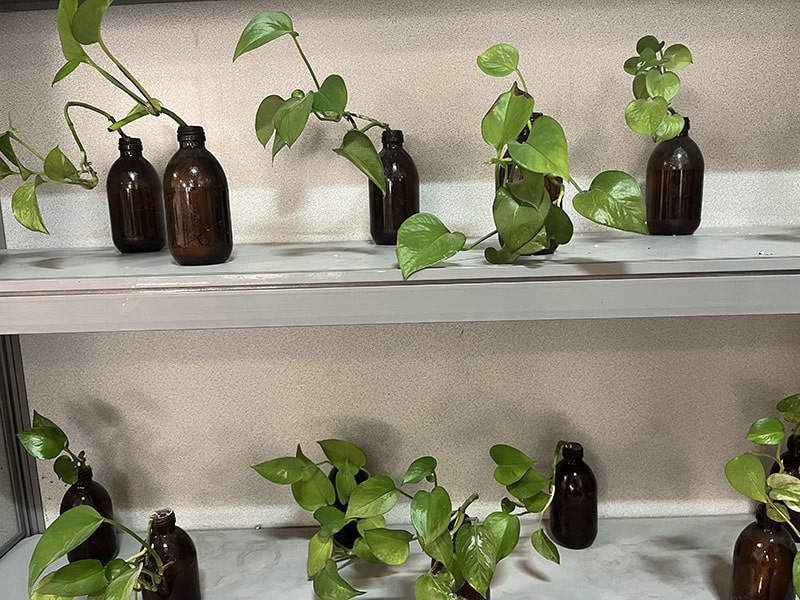
2. ZZ Plant or Zamioculcas zamiifolia
The ZZ plant, which is my favorite low-maintenance houseplant, will win everyone’s heart with its shiny, wide, and oval leaves.
If you ask me, I can say that, this indoor plant is hardy against lack of water, it is an air purifier houseplant, and most importantly, it prefers low to medium indirect light, so it can be a suitable houseplant for dimly lit spaces such as offices without windows.
Be careful, this indoor plant survives without light, but for growth and reaching a height and width of two to four feet, put it in partial shade to full shade.
I saw this ZZ plant a few years ago in a beauty clinic where there were no windows at all.
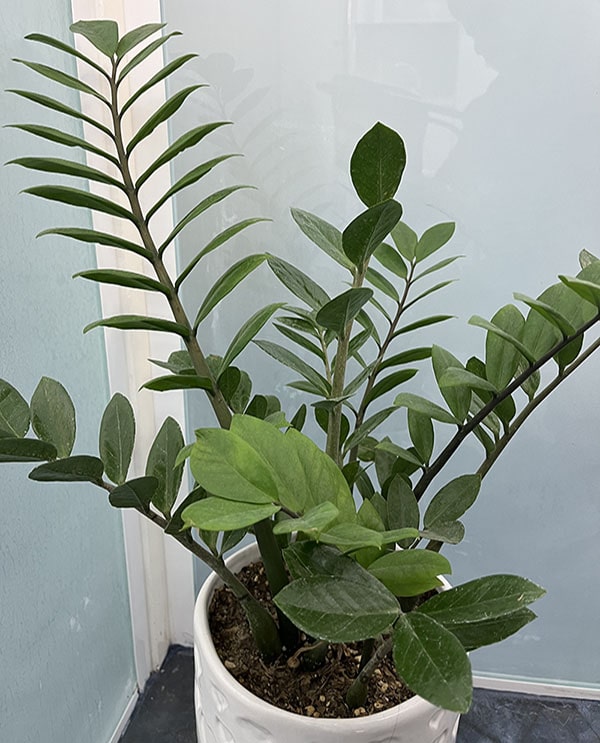
3. Snake Plant or Sansevieria trifasciata
A low-light houseplant like snake plant is common houseplant around the world because it needs low maintenance and you don’t need to water it until the soil is dry; it cleans the air from poisons, it is compatible with a wide range of light conditions, from low to bright indirect light and it has beautiful upright, sword-like leaves.
This shade houseplant is long-lived and will be your green friend for decades. It can reach a height of 6 to 12 feet.
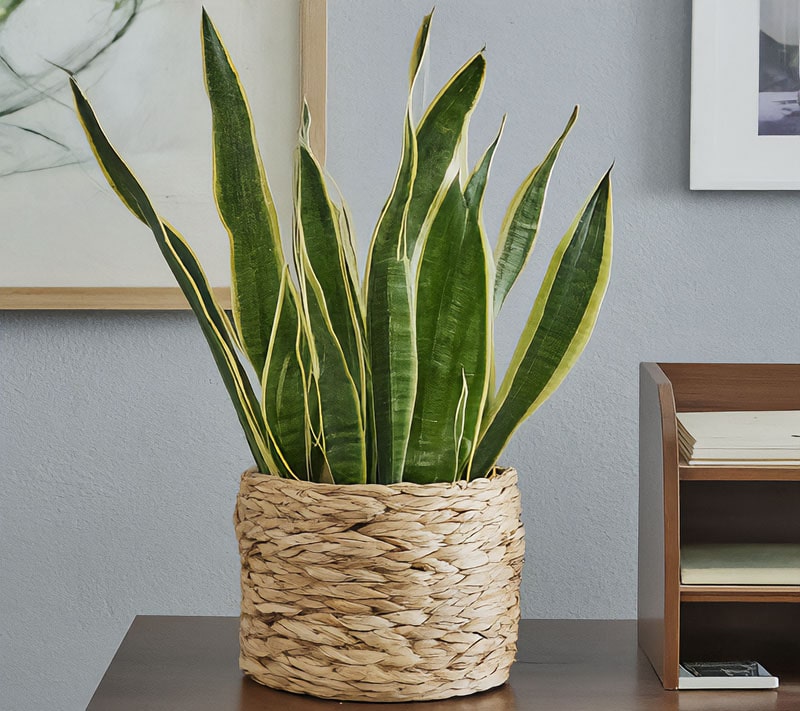
+1. The Parlor Palm or Chamaedorea elegans ( just for big spaces )
This shade houseplant grows in clumps with beautiful arched branches and is like a small palm tree. What makes it unique is that Parlor Palm is good in any light range; that is, it doesn’t matter if the light is bright, indirect, or dim.
But since they are usually large in size, I prefer to use them in larger spaces.
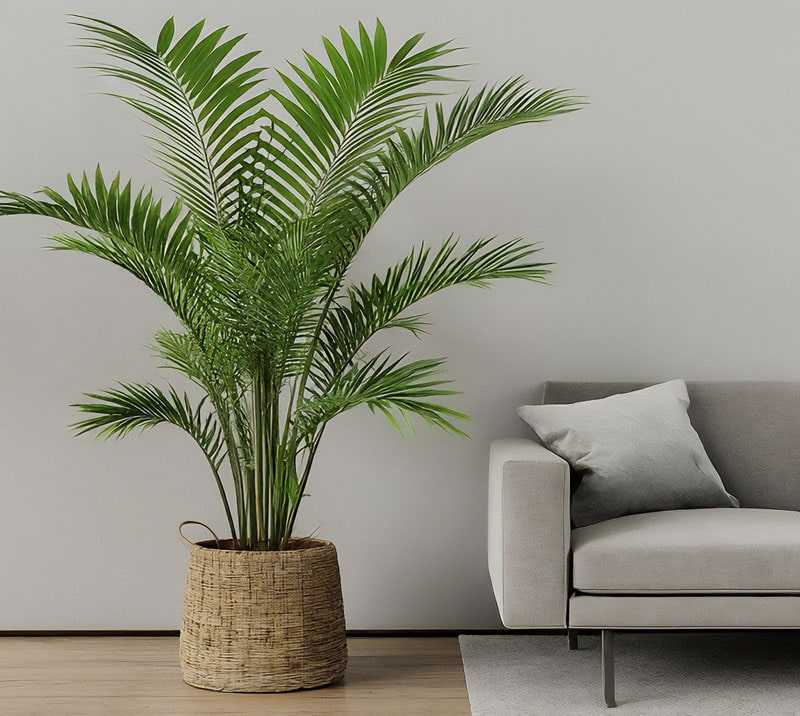
Possible Problems of shade-loving houseplants
A while ago, one of my friends complained that the low-light plant growing at home looked sad and withered, and he didn’t know how to save it.
Well, this can have many reasons:
– First, the low-light houseplant may have been given too much water, which caused root rot.
– Second, It is placed where there is no light at all.
– Third, maybe he used improper houseplant potting soil that did not drain.
– The fourth problem could be that the dust on the leaves prevented the light from reaching them, and finally, the low-light indoor plant may be sick or infected.
Some Handful Solutions
I suggest a few solutions to keep shade houseplants alive:
– To take care of low-light indoor plants, you must first make sure that they have enough space for air circulation. In order for the light to reach all parts of the houseplant, it is good to rotate it.
– Regularly clean houseplant leaves with a wet cloth so that it can photosynthesize well and remove yellow and dead leaves to encourage it to grow.
– I put indoor plants with the same conditions together. Grouping low-light houseplants helps them bloom a lot.
– Indeed, when the light is low, lamps and home lighting can provide the light needed by the indoor plant.
source:
https://web.extension.illinois.edu/gpe/case1/c1facts2c.html
If you have any questions about which houseplants are suitable for low light and their required conditions, please ask in the comments section to avoid wasting your energy and money.
